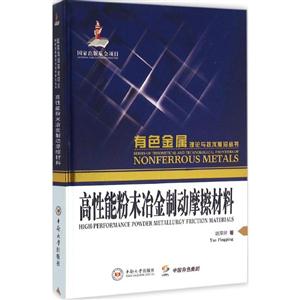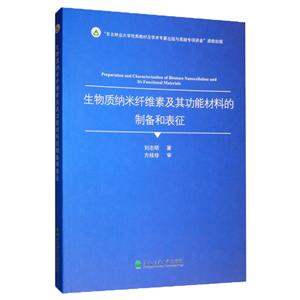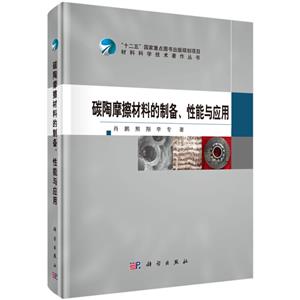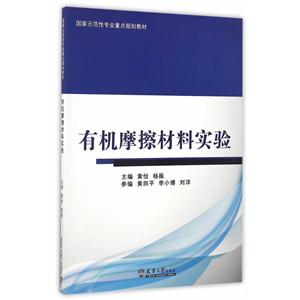
作者:C.RichardBrundle,C
页数:180
出版社:哈尔滨工业大学出版社
出版日期:2014
ISBN:9787560342856
电子书格式:pdf/epub/txt
内容简介
《材料表征原版系列丛书:摩擦材料的表征》This classic text discusses the use of advanced surface science characterization techniques in friction, adhesive and abrasive wear, boundary lubrication,contact fatigue, and other important failure processes.Surface characterization of bearings, gears, seals, and other manufactured rolling and slidingsurfaces are increasingly routine in advanced quality control of processes and in the manufacture of precision components.This book is an indispensable asset to scientists and engineers using tribological characterization techniques.
本书特色
this classic text discusses the use of advanced surface science characterization techniques in friction, adhesive and abrasive wear, boundary lubrication, contact fatigue, and other important failure processes. surface characterization of bearings, gears, seals, and other manufactured rolling and sliding surfaces are increasingly routine in advanced quality control of processes and in the manufacture of precision components. this book is an indispensable asset to scientists and engineers using tribological characterization techniques.
目录
preface to the reissue ofthe materials characterization series
preface to series
preface to the reissue of characterization of tribological materials
preface
acronyms
contributors
introduction
the role of adhesion in wear
2.1 introduction
2.2 considerationsforexperiments
background 12, macroscopicexperiments 13, atomiclevel
experiments 15, microscopiccontacts
2.3 theoretical considerations at the atomic level
backgroundfortheory 17, universalbindingenergyrelation 19,
semiempiricalmethods
2.4 conclusions
references
friction
3.1 introduction
3.2 slidingfriction
basic concepts 28, thedualnature of frictionalprocess 29,
phenomenology of friction process 30, realarea ofcontact 33,
adhesion component offriction 38, thelnterface shear stress 40,
deformationcomponentoffriction 40, viscoelastic
componentoffriction 43, frictionunderboundarylubrication
conditions 45, phenomenaassociatedwithfriction
3.3 rollingfriction
reviewofrollingfrictionhypotheses 51, freerolling
3.4 exceptionalfrictionprocesses
3.5 conclusions
references
adhesive wear
4.1 introduction
4.2 surfaceanalysis
4.3 auger analysis ofworn surfaces after “unlubricated wear”
4.4 in situ systems
4.5 conclusions
references
abrasive wear
5.1 abrasiveasperitiesandgrooves
5.2 yieldcriterionofanabrasiveasperity
abrasivewear mode diagram
5.3 degree ofwear at oneabrasive groove
5.4 macroscopicwearinmultipleabrasiveslidingcontacts
references
boundary lubrication
6.1 introduction
6.2 mechanicaieffectsin lubrication
6.3 adequacy ofhydrodynamic fluid films
6.4 chemicaleffectsinliquidlubrication_boundarylubrication
6.5 wear and failure
6.6 researchin boundarylubrication
……















